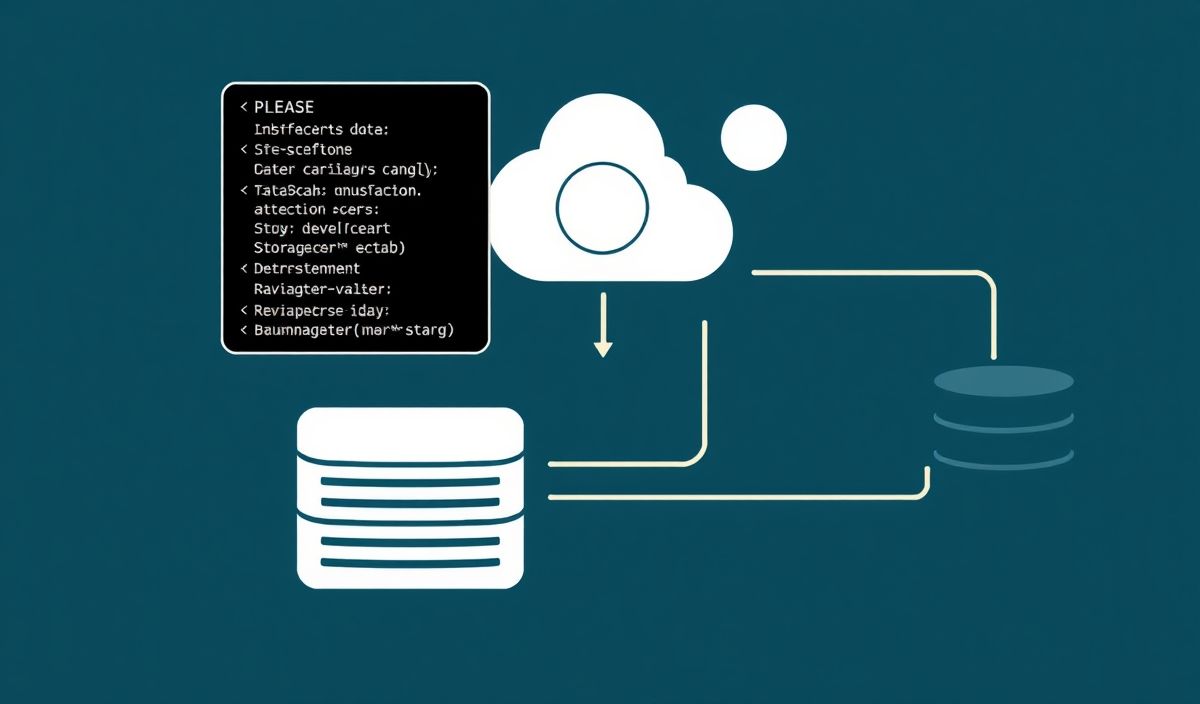Introduction to Transliteration
Transliteration is the process of converting text from one writing system into another. It differs from translation in that it involves changing the script, rather than converting the meaning. This technique is crucial for making content accessible across different language audiences and preserving the phonetic structure of the original text.
Transliteration APIs and Examples
Several APIs are available to perform transliteration. Below are some useful APIs along with code snippets to help you get started:
Google Transliterate API
fetch('https://www.googleapis.com/transliterate/v1/transliterate', {
method: 'POST',
body: JSON.stringify({
q: ['こんにちは', 'さようなら'],
langpair: ['ja-Hira|ja-Latn']
})
})
.then(response => response.json())
.then(data => console.log(data))
IBM Watson Language Translator API
const LanguageTranslatorV3 = require('ibm-watson/language-translator/v3');
const { IamAuthenticator } = require('ibm-watson/auth');
const languageTranslator = new LanguageTranslatorV3({
version: '2018-05-01',
authenticator: new IamAuthenticator({
apikey: '{apikey}',
}),
serviceUrl: '{url}',
});
const translateParams = {
text: 'hello',
modelId: 'en-ja',
};
languageTranslator.translate(translateParams)
.then(translationResult => {
console.log(JSON.stringify(translationResult, null, 2));
})
.catch(err => {
console.log('error:', err);
});
Microsoft Translator Text API
const axios = require('axios');
const options = {
method: 'POST',
url: 'https://api.cognitive.microsofttranslator.com/transliterate',
headers: {
'Ocp-Apim-Subscription-Key': '{subscription-key}',
'Ocp-Apim-Subscription-Region': 'your-region',
'Content-type': 'application/json'
},
params: {
'api-version': '3.0'
},
data: [{
'text': 'こんにちは',
'language': 'ja',
'fromScript': 'jpan',
'toScript': 'latn'
}]
};
axios(options)
.then(response => {
console.log(response.data);
})
.catch(error => {
console.error(error);
});
Creating an App with Transliteration APIs
Let’s create a simple web application that uses the Google Transliterate API to convert Japanese text to Latin script:
Transliteration App
Japanese to Latin Transliteration
Output:
By using the Google Transliterate API, we can convert Japanese Hiragana text to its Latin equivalent, making it easier to read for non-Japanese speakers.
Hash: 9d2373b2b1eae7b4b165a4d907b598fe9054978b76ffb070e2a9145b973cdea6




